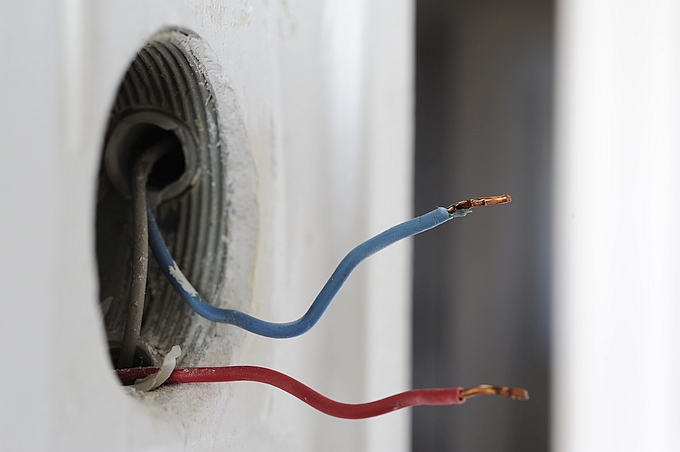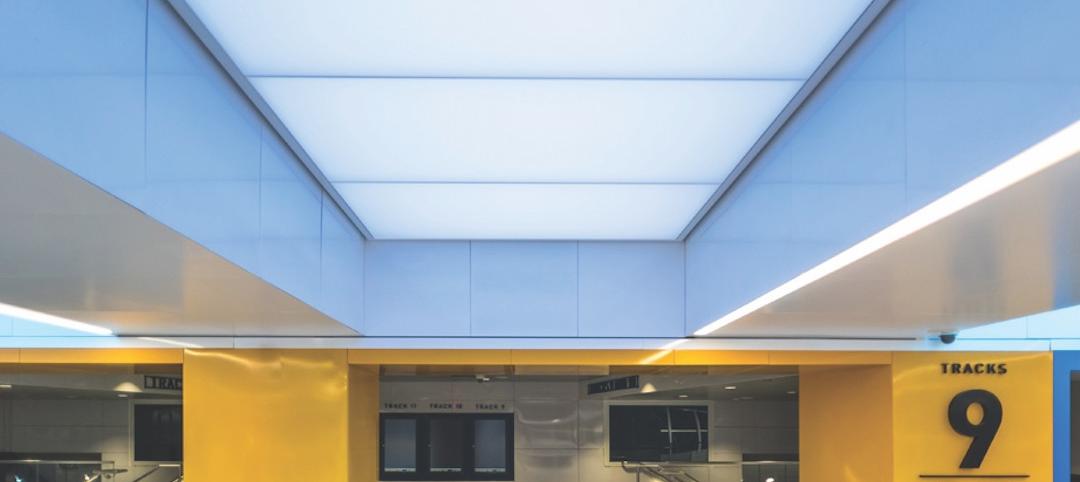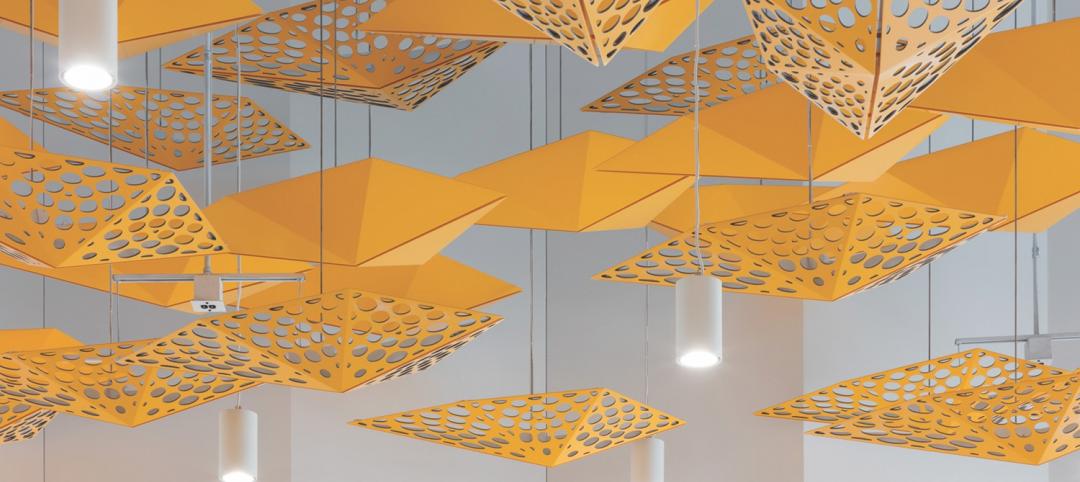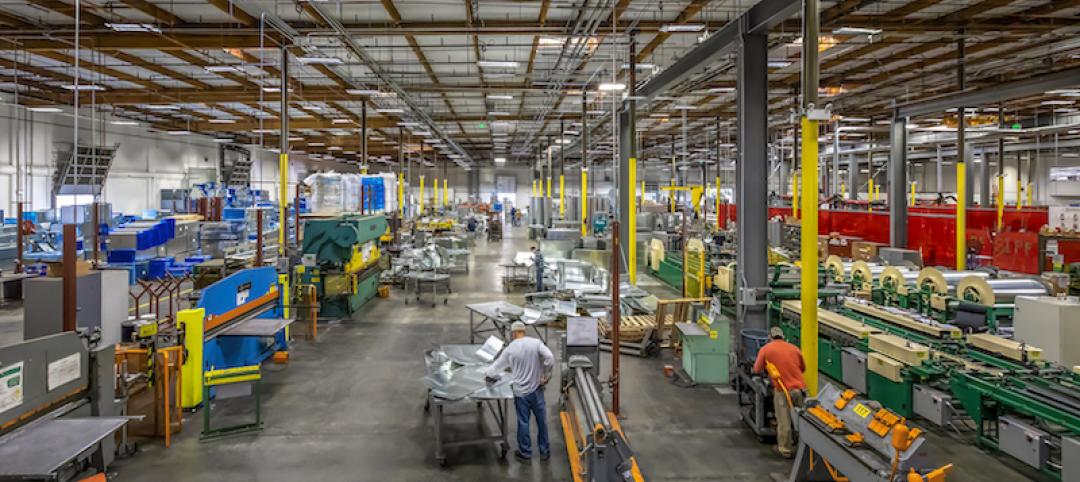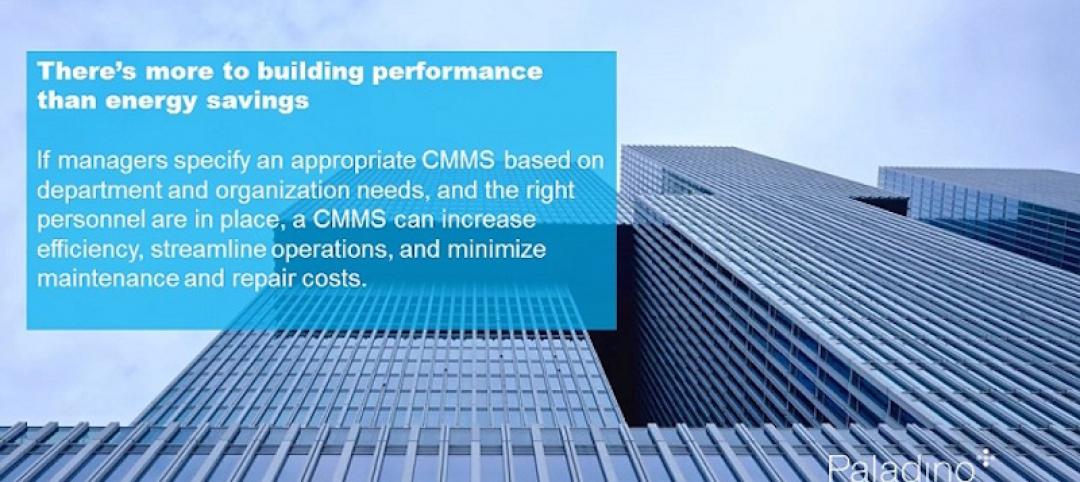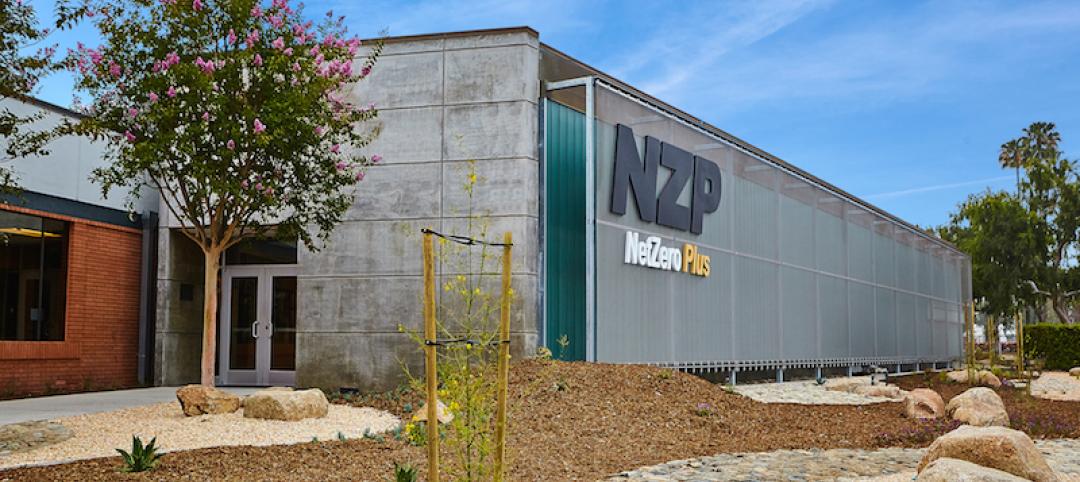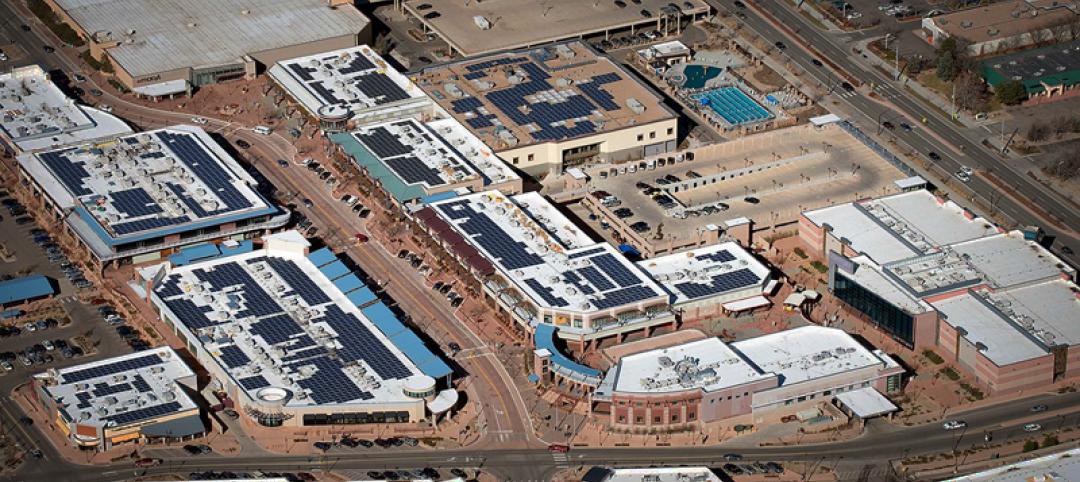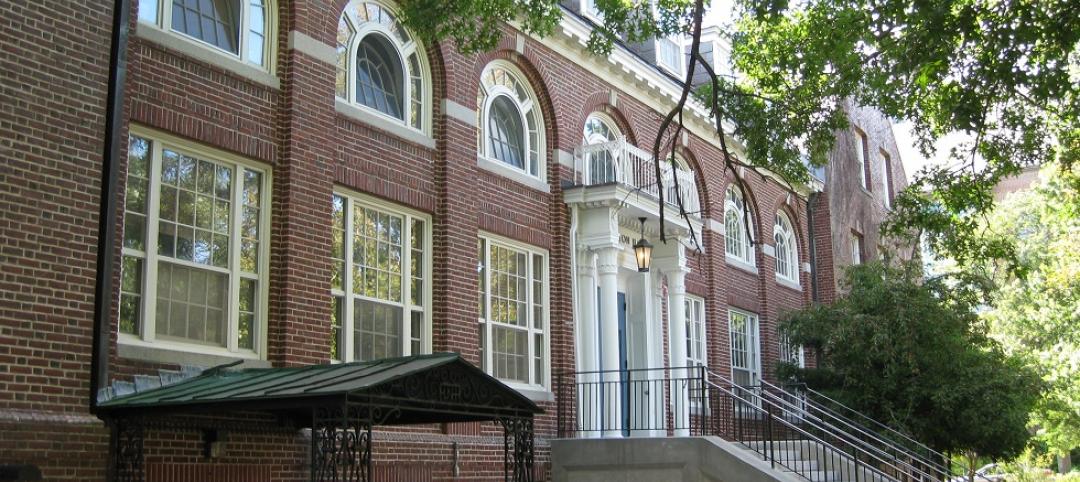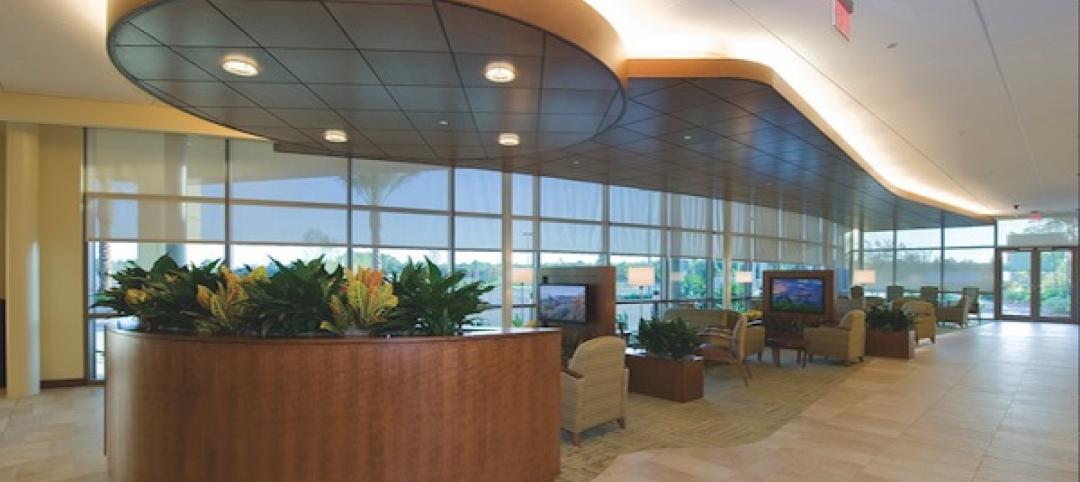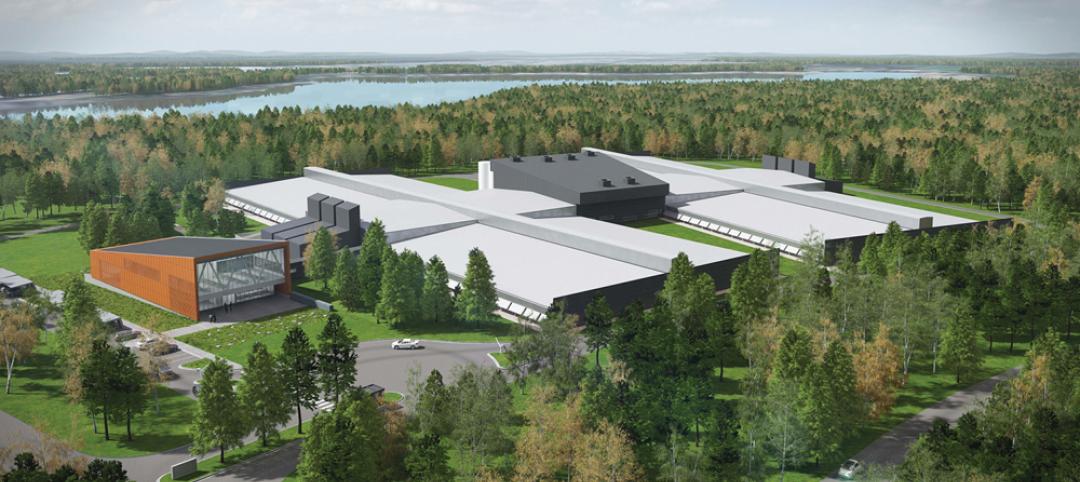Low-smoke halogen-free (LSHF) cables have been on the market for decades, yet there are still many misconceptions about the application and definition of test requirements/methods for these cables.
Generally speaking, traditional halogenated cables, when compared to LSHF cables, produce more toxic and corrosive smoke in the event they are burned.
LSHF cables first originated in the 1970s in Europe and the U.S., and began being used in underground structures by London Underground and North Sea offshore drilling platforms in the 1980s. These cables have traditionally been used in enclosed spaces, such as subway systems, tunnels, submarines, ships, and mines. Today, LSHF cables are also being used for life safety and mission critical applications, including hospitals and data centers.
“Traditionally, where LSHF cables are used, the application of these cables were in enclosed spaces,” says Robert Bellassai, senior staff engineer at certification company UL. “So, if you had a space that was not exposed to or installed in outside air, that’s where these cables would be used. But the use of LSHF cables is rapidly expanding.”
Wire and cables, which are essential to any building, structure, or product, generally consist of insulated copper conductors or buffered/unbuffered optical fibers, and are covered by a protective outer jacket. Cables may also contain other polymetric materials, such as fillers, tapes/wraps (e.g., PET, fiberglass, polyester, etc.), ripcords, shields (e.g., aluminum-PET, copper-PET, etc.), and color concentrates.
In the case of halogenated cables, the polymetric materials of which they are manufactured contain one or more halogenated elements, such as chlorine, bromine, fluorine, iodine, or less likely astatine.
Halogenated elements serve a purpose when used in polymetric materials. In most applications, they are in the form of chlorinated and brominated flame retardants to inhibit flame propagation of the cable when burned. However, the cable will emit smoke that is toxic and corrosive, and that contain higher amounts of carbon monoxide (CO).
One study from the University of Lancashire in the U.K. found evidence that suggests combustion products can be potentially hazardous to people if they cannot easily evacuate from the area. The cables studied contained brominated or chlorinated flame retardants, which produced significantly higher levels of CO gas during combustion.
Additionally, when mixed with water, hydrogen halides form hydrochloric acid, hydrofluoric acid, or hydrobromic acid, which can damage and destroy critical structures, components, and equipment, due to the corrosive nature of the combustion product.
Installing LSHF cables significantly reduces the risk of toxic and corrosive smoke being emitted in case of a fire.
Ideal for subterranean and mission critical applications, such as subway tunnels and data/emergency call centers, LSHF cables can be called other acronyms, such as LSZH, HFFR, LSF, and LS0H. These acronyms have been developed by manufacturers to characterize (self-certify) their products for smoke generation and halogen content.
Each self-certification acronym is associated with industry standards that were not always directly applicable for the characterization of smoke and halogen content. Also, each cable and material manufacturer doesn’t always associate the same standards with the same acronym.
“Low-smoke” refers to the amount of smoke that a complete cable construction produces upon combustion. “Halogen-free” refers to the amount of individual halogen elements that are present in each combustible cable component.
The dangers of not installing LSHF cables are potentially deadly, as evidenced by the Jan. 12, 2015, fire at Washington, D.C. Metro’s L’Enfant Plaza Station.
There, an electrical malfunction caused a fire which filled up the subway tunnels with toxic smoke. In total, 86 people were injured from smoke-related injuries and one person died.
D.C. Metro, and other transit agencies, had been advised by the National Transportation Safety Board in July 2014 to replace and update its cables to better protect them from fires. Metro had been in the process of installing new cables for over a year, but had not yet finished the project when the June 2015 fire broke out.
According to the Washington Post, multiple lawsuits filed by transit riders alleged that Metro created unsafe conditions in the tunnels, in addition to delaying evacuation efforts.
While some suits have been settled out of court, others, including a suit filed by the family of the person who died, are expected to go to trial this fall.
Installing LSHF cables not only protects employees and customers, but they can also increase the value of the structure in which they’re installed.
The U.S. Green Building Council recognizes four levels of LEED certification: Certified (40-49 points), Silver (50-59 points), Gold (60-79 points), and Platinum (80+ points). Having LSHF cables installed counts as points toward certification and can increase the financial value of the property and save owners money in decreased operational costs.
“Certified LEED green buildings are very efficient, resulting in decreased operational costs due to lower utility and maintenance expenses,” says Bellassai.
The high safety standards associated with LSHF cables are environmentally friendly and cost effective.
Additionally, LSHF cables have been proposed to be included in the 2020 version of the National Electrical Code. The proposal, submitted by Mexichem, seeks to add HF and LSHF optional markings so contractors, architects, specifiers, and users can specify HF and LSHF cables. It would give these end users a standards-based Mark brought to you by an independent third-party laboratory such as UL LLC.
If approved by the NFPA for the 2020 NEC, this will give Authorities Having Jurisdiction (AHJ) an easy way to identify HF and LSHF products for applications that would benefit from the reduced toxicity and corrosivity of these cables, and from a trusted third-party independent test laboratory like UL LLC.
Download UL LLC's free white paper on this topic, Clearing Misconceptions About Low-Smoke, Halogen-Free Cables.
Related Stories
75 Top Building Products | Dec 16, 2019
101 Top Products for 2019
Building Design+Construction readers and editors select their top building products for the past 12 months in the fourth-annual 101 Top Products report.
75 Top Building Products | Dec 16, 2019
Top Building Systems Products for 2019
FabricAir’s ceiling-hung fabric duct and Ellumi Lighting’s bacteria-killing lights are among the 13 new building systems products to make Building Design+Construction's 2019 101 Top Products report.
M/E/P Systems | May 23, 2019
Process analysis is how one MEP producer is coping with the industry’s labor woes
Southland Industries takes a measured approach to leaning into technology.
M/E/P Systems | Jul 12, 2017
Reduce maintenance costs and increase equipment efficiency with a CMMS or EAM
Maintenance and engineering managers need to monitor the condition of their equipment and the workloads of front-line technicians.
Energy Efficiency | Jun 13, 2016
The nation’s largest net zero-plus commercial building retrofit opens in L.A.
The goal of the Net Zero Plus Electrical Training Institute is for this structure to become a model for emergency operations centers for communities.
Sponsored | M/E/P Systems | Oct 30, 2015
In it for the long run – Why comprehensive O&M services are a must
With the sun shining and solar providing clean, cost-efficient energy, what’s the worry?
Sponsored | Plumbing | Oct 9, 2015
Porsche luxury meets Viega innovations
Occupants of the Porsche Design Tower on the shoreline of Florida’s Sunny Isles Beach will experience the best view in the city
Sponsored | Plumbing | Mar 13, 2015
Viega ProPress for stainless looks good at UNH
One of the oldest buildings on the University of New Hampshire (UNH) campus, Huddleston Hall is a multipurpose facility, which includes dormitories, classrooms and an event center.
| Dec 28, 2014
New trends in ceiling designs and materials [AIA course]
A broad array of new and improved ceiling products offers designers everything from superior acoustics and closed-loop, recycled content to eased integration with lighting systems, HVAC diffusers, fire sprinkler heads, and other overhead problems. This course describes how Building Teams are exploring ways to go beyond the treatment of ceilings as white, monolithic planes.
| Aug 4, 2014
Facebook’s prefab data center concept aims to slash construction time in half
Less than a year after opening its ultra-green, hydropowered data center facility in Luleå, Sweden, Facebook is back at it in Mother Svea with yet another novel approach to data center design.


